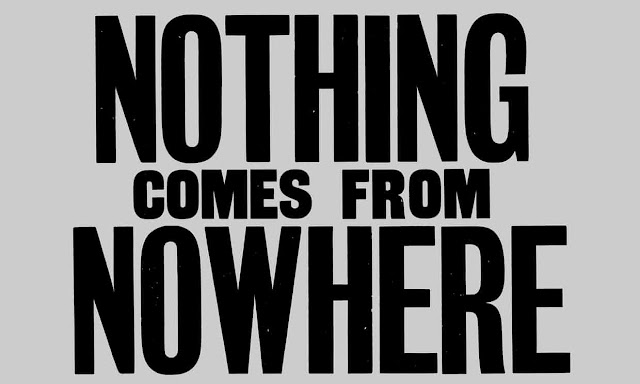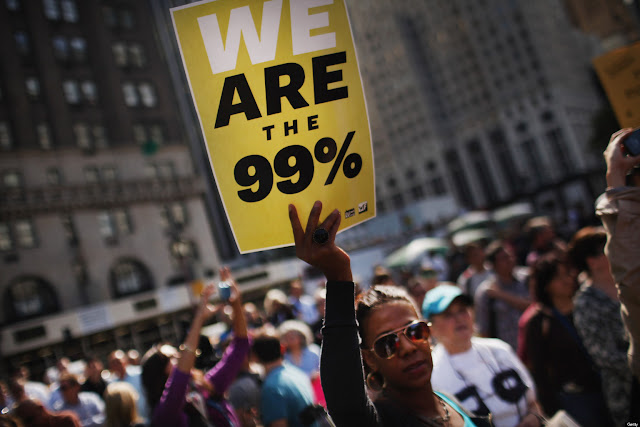https://www.behance.net/gallery/55440833/Blank-Architects
http://reas.com/
https://www.dezeen.com/2017/02/06/generative-design-software-will-give-designers-superpowers-autodesk-university/
So if my essay is this exploration of chance but it is based on ideas of looking into the art historys to gain maybeing some intresting techniques I would never have befor thought of. I dunno something about using history as an approach to creating within graphic design I think is super intresting and I think it can work. When you look at that ted talk by the lady who explore the history of emotions to gain a better understanding of whee we are now. Sadness used to be what we strived for because to be sad prepared you for the worse. Super intresting ideas behind this shift in thinking that could possible even make us feel more sad because we are chasing happiness.
Chance Aesthtic
What is chance?
Chance can be seen as a liberating source of unforeseen possibilities or a threatening force that could undermine human self sufficiency and moral self determination.
Chance is a reminder of the worlds instability and our uncertain position within it.
The idea of chance has been a subject matter and theme within the visual arts due to its troubleing nature.
20th century Avant gard adopted the method to create compositions of artwork.
1970 was a transition from high modernism to a fullypostmodern generation.
Chance has many manifestations Accident, luck, randomness and contingency. Incorporating this into the creative process questions aesthetic philosophy and sensibility.
Artists of the past have used chance to fulfil a variety of aims – anti art agendas, attempts to bypass the conscious mind and transform the way reality is perceived, statements of free will, programs to open artwork to the random flow of everyday life.
“deliberate implementation of accident and the openness to vagaries of interpretation advanced a challenge to longstanding assumptions concernsing what might constitute a work of art as well as the role of the artist as autonomous creator”
cahcne removes intentionality, rationality abd individuality .
The idea of chance can relate to. The tension between chance and control. The rejection of autonomy and originality and the reassertion of authorship.
Games and systems of random ordering.
Avant garte stratergies to subvert traditional generes and forms of expression. Bourgeois values and rationalist ideals.
Second essay
Chance marks the beginning of an overt negation of artistic autonomy in favour of a more ironic, and a seemingly casual, immersion in the realities of the modern world.
So it’s the beginning of an obvious denial of artistic independence. Creating art that is beyond there control handing it over to ‘life’. But if graphic design is created around the idea of form and rationality then this method surely would not work. However could it be tested? In the form of posters?
Chance provided a necessary means through which unorthodox aesthetic approaches, as well as alternative subject positions, could be readily explored and tested within the context of emerging systems of control and their false offer of stability in a world forever in flux.
This defo relates to graphic design as it would be a complelty unorthodox ways to create composition within graphic design. If chance can effectively do our job are we needed.
This could be applied to graphic design for sure if we wanted to explore what design can be used for. By removing my subjectivity within the process can I learn and make things I possible could not do befor?
Chance is a compositional principle. I feel a modern day equivalent to this is processing.
This author suggests that the turn to chance is a attempt to address the fundamental instability of artistic subjectivity in post war period.
Why is it instable?
What happens when you remove the graphic designers subjectivity when it comes to composition layout? Can we still create effective compositions?
With generative design the designers are being curators
















